This case studies covered actually two systems: intercropping of arable crops, and agroforestry. On this page, you can see the main activities that were performed, and the main results for both systems.
Intercropping of cereal and legumes in the Thessaloniki region
Co-Design and co-evaluation process
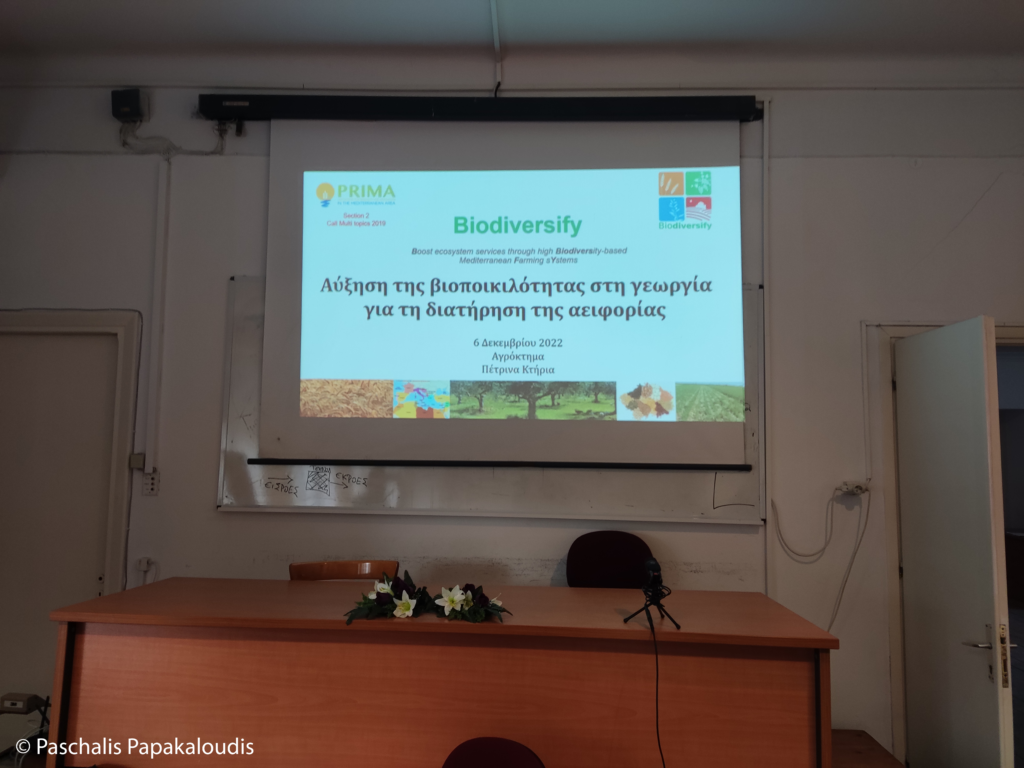
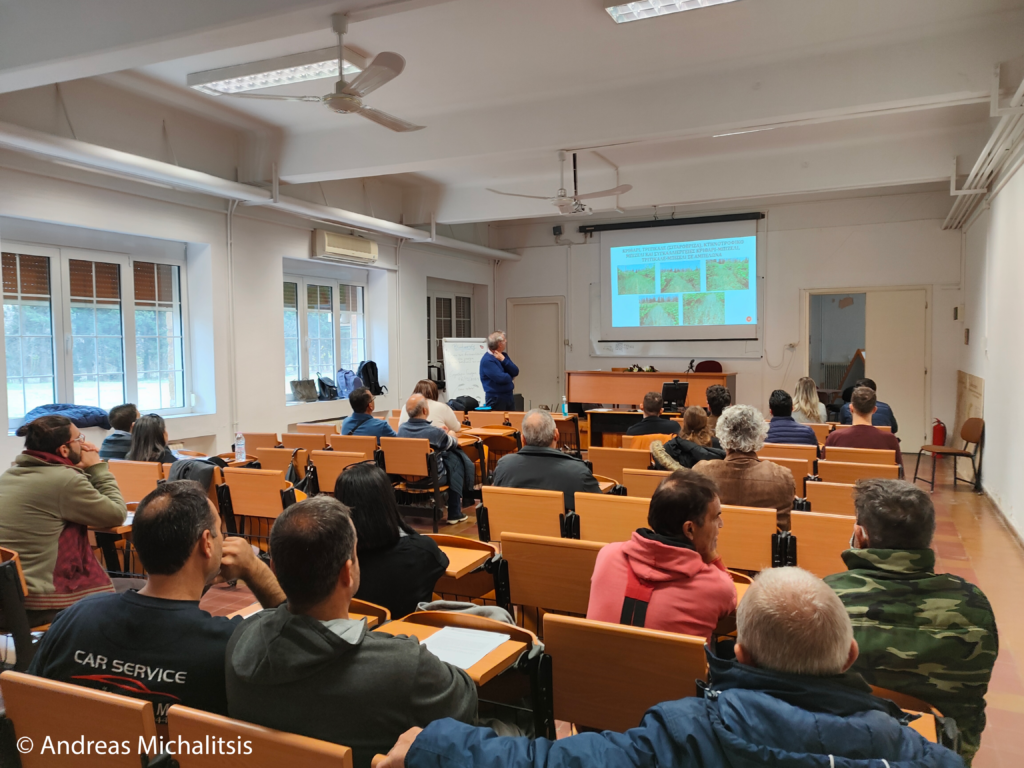
Field experiments
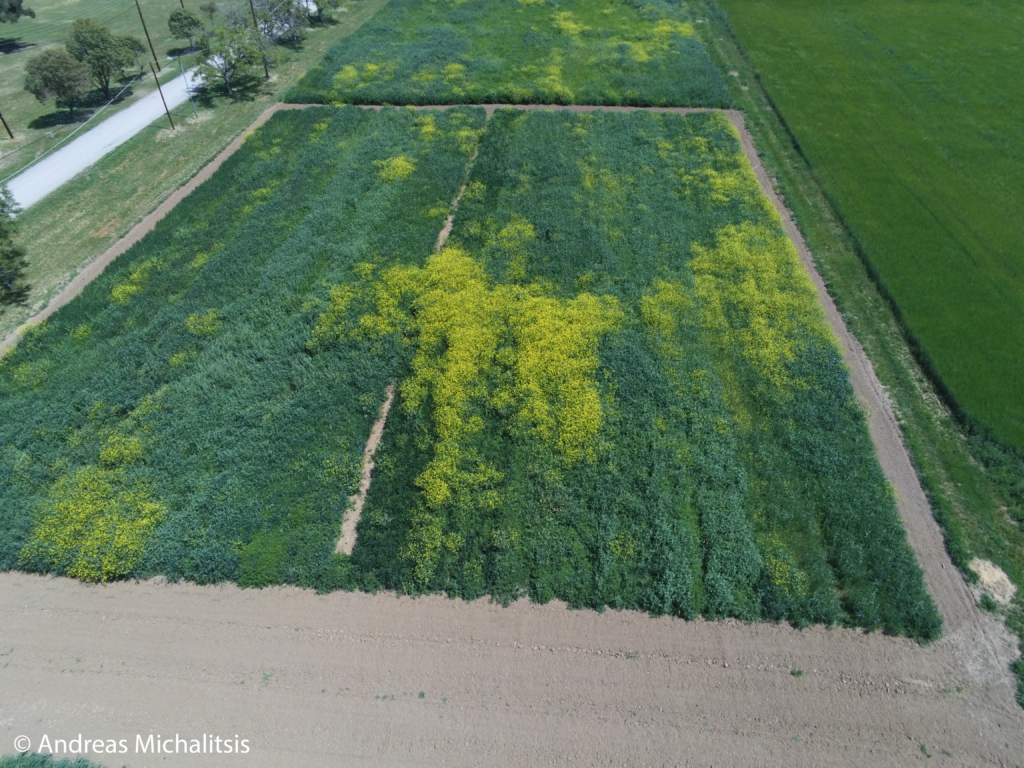 Intercropping experiments with wheat and faba bean, AUTH Greece.
Intercropping experiments with wheat and faba bean, AUTH Greece.
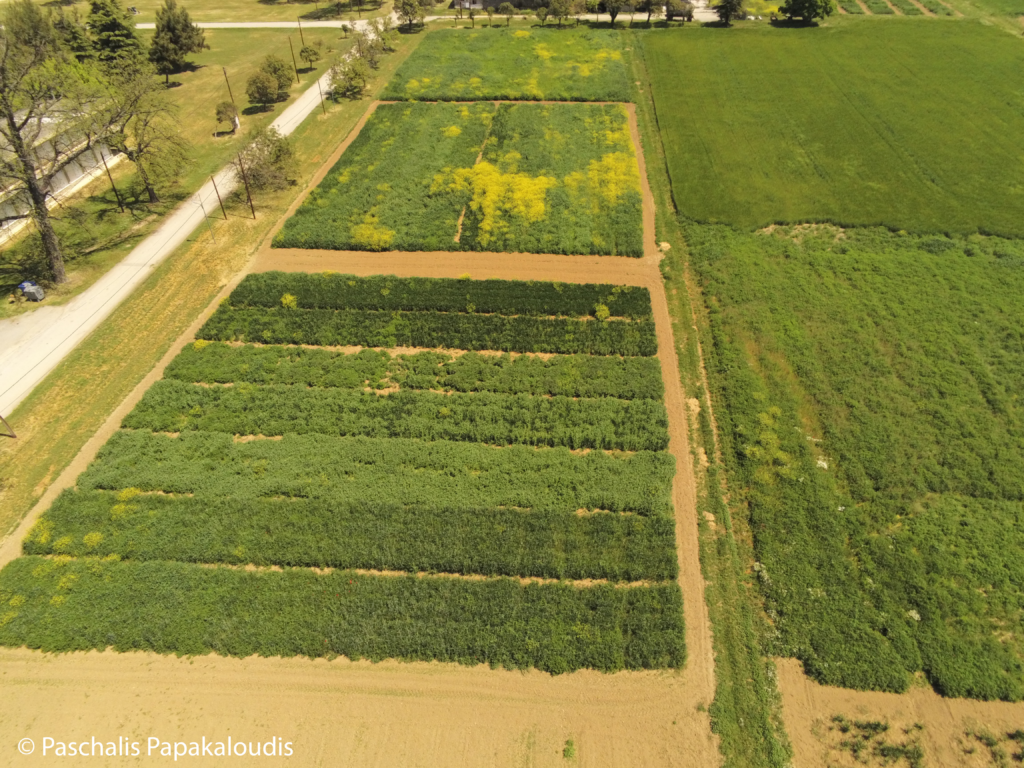 Intercropping experiments with wheat and pea, AUTH Greece.
Intercropping experiments with wheat and pea, AUTH Greece.

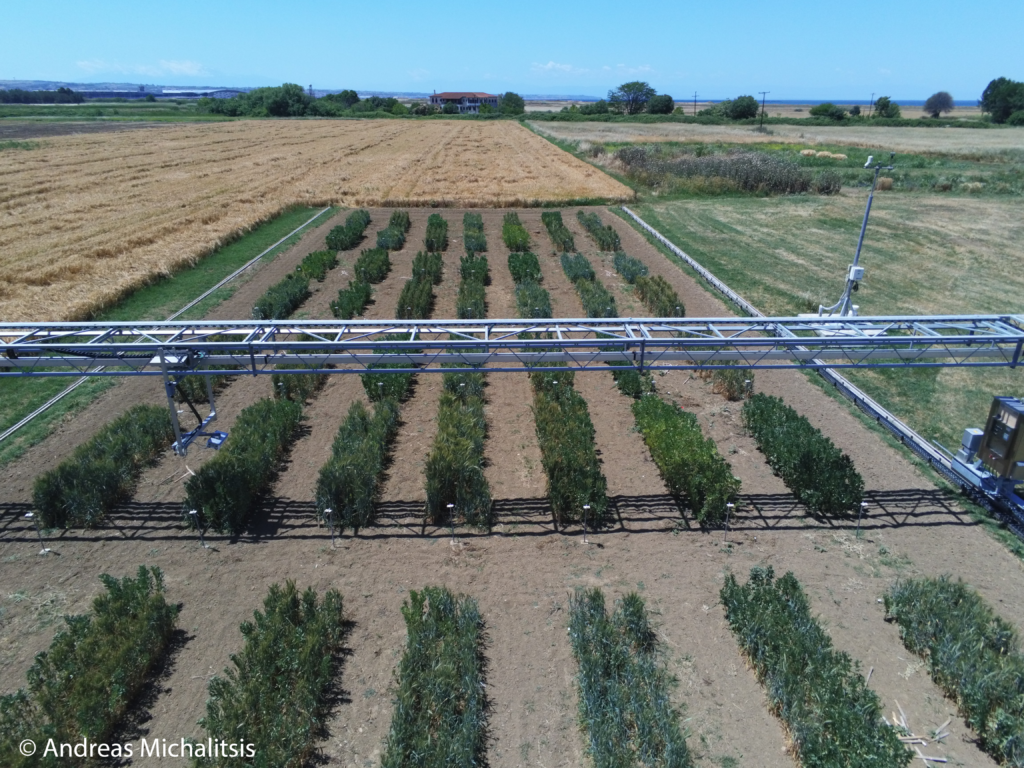

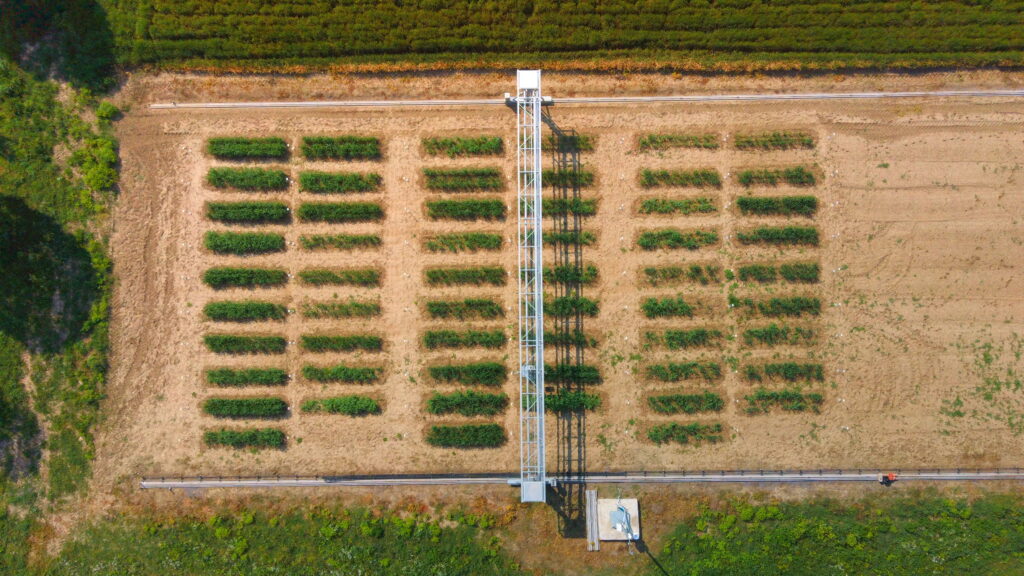
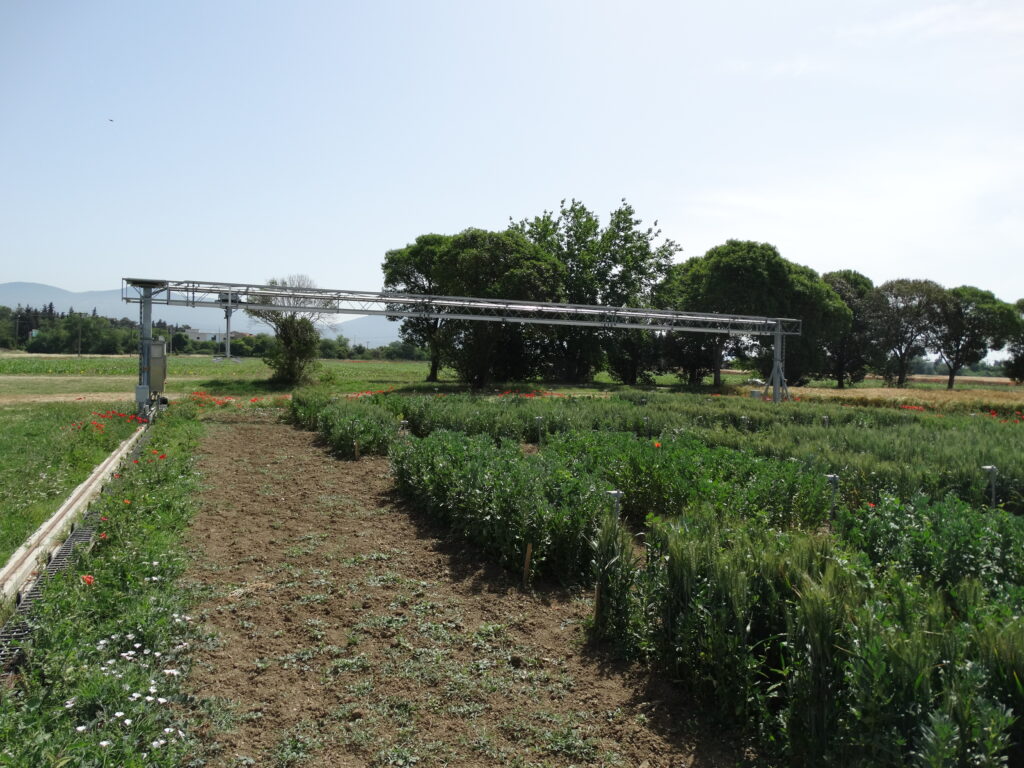
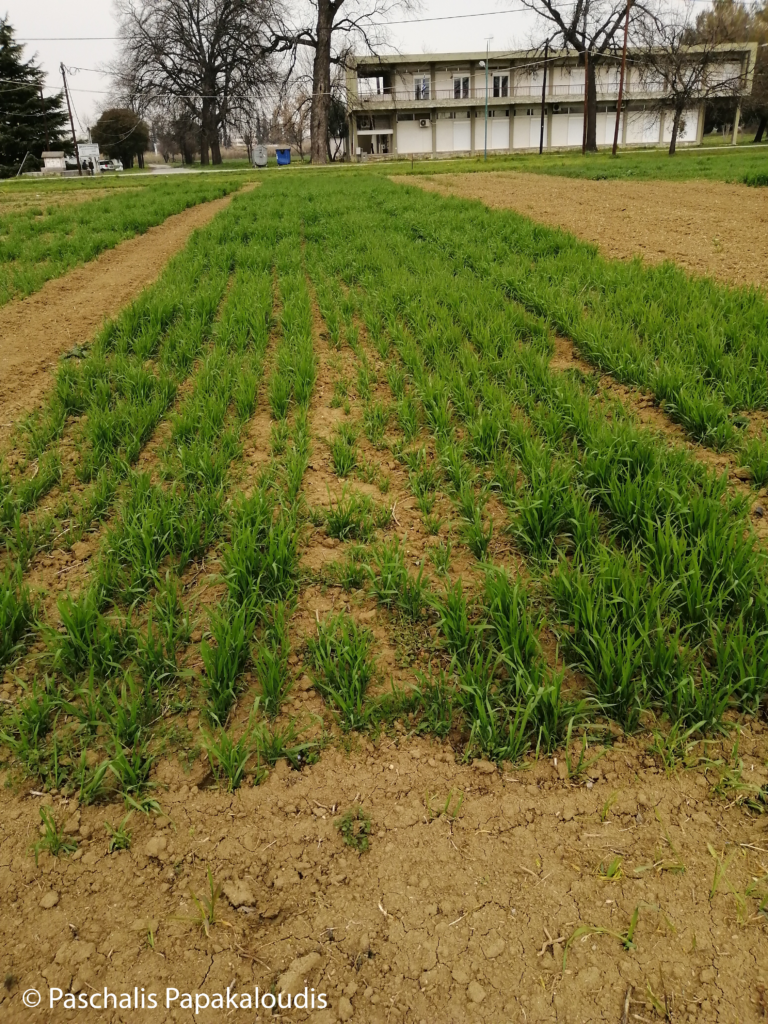
Species studied
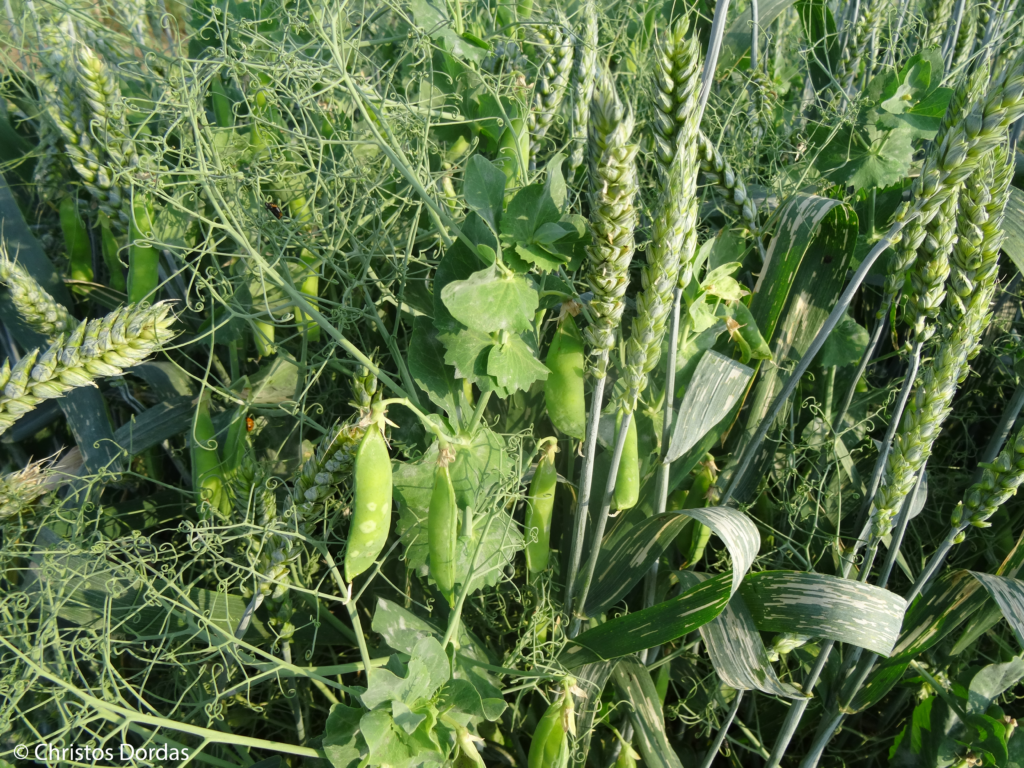
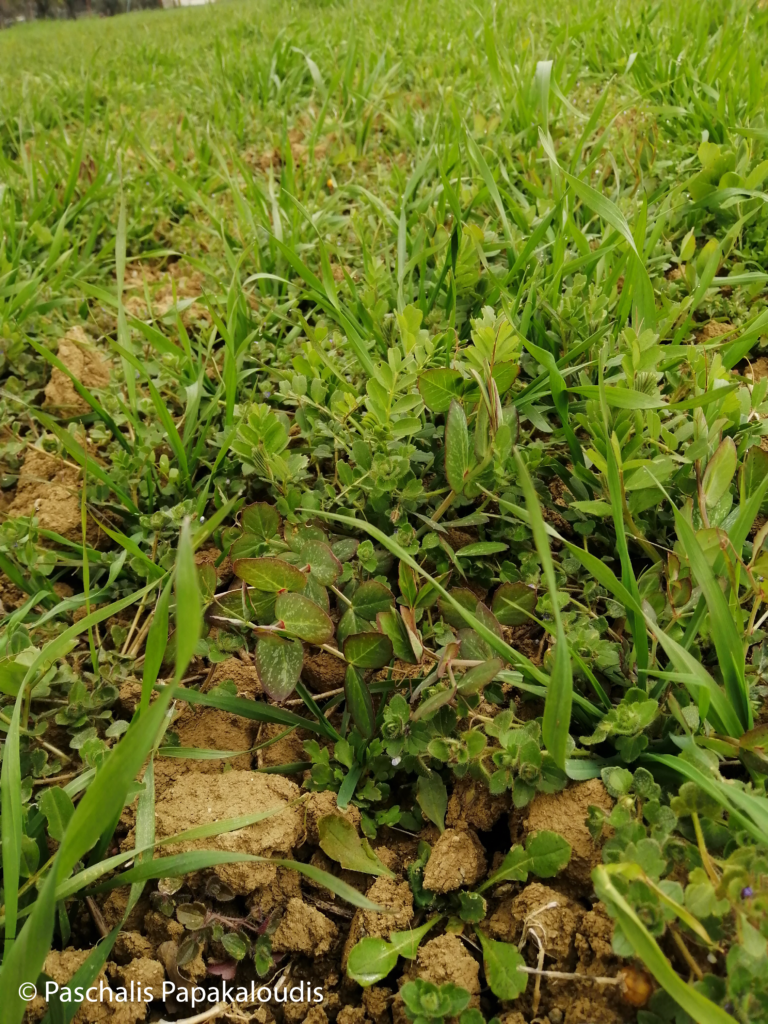
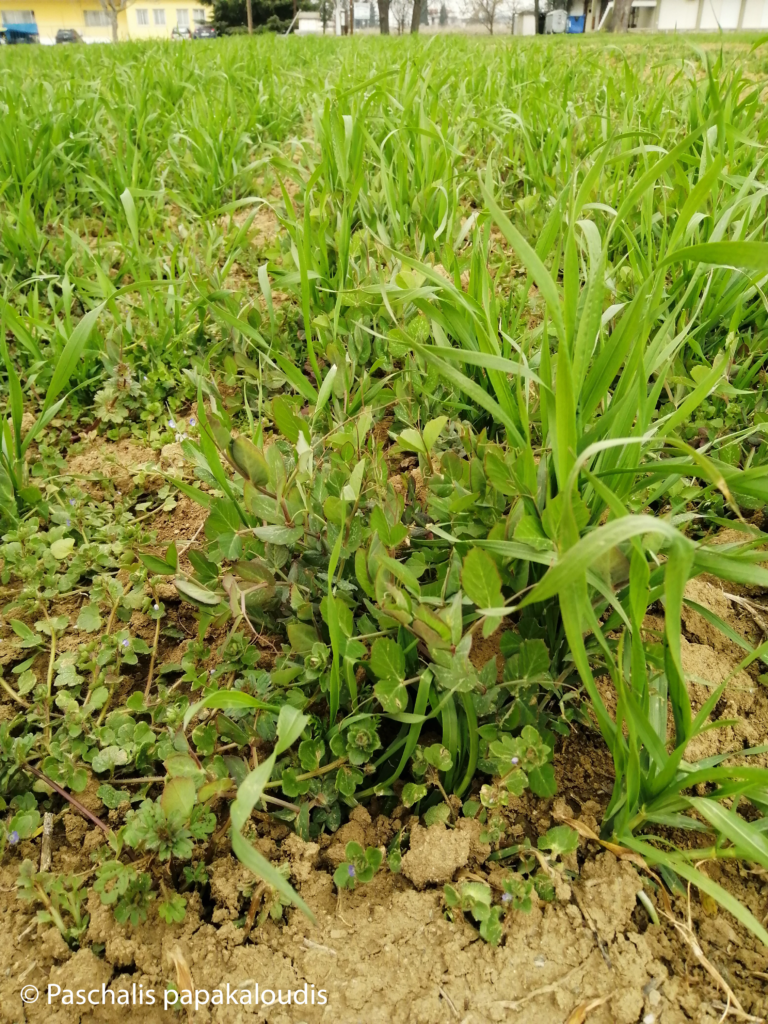
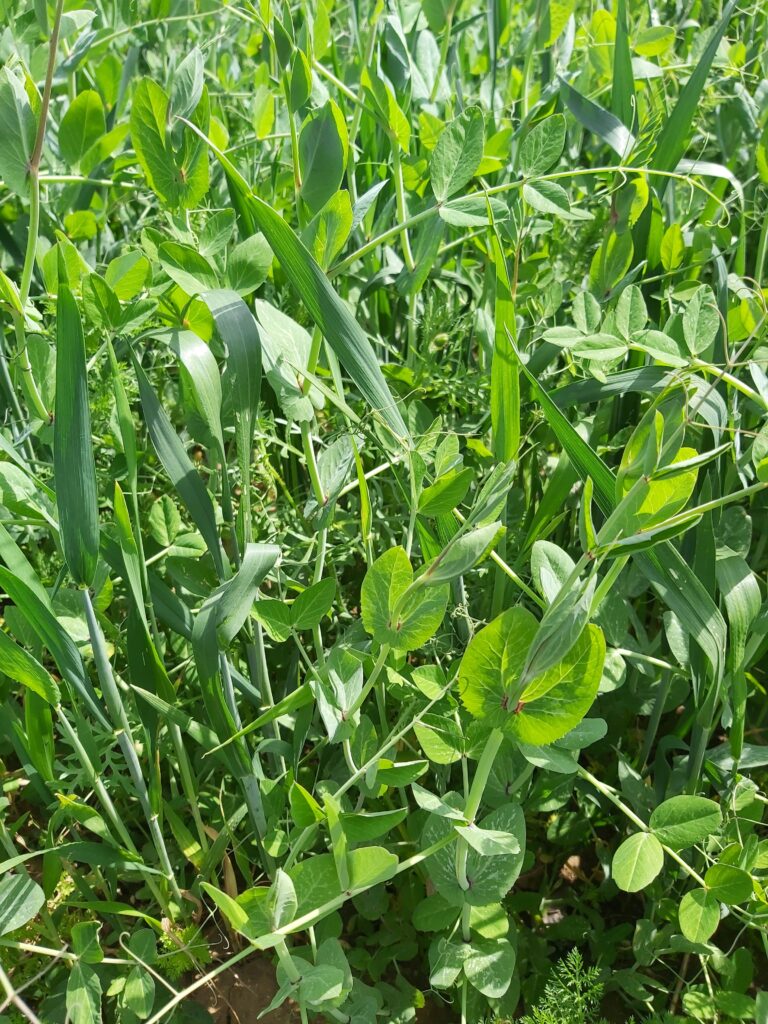
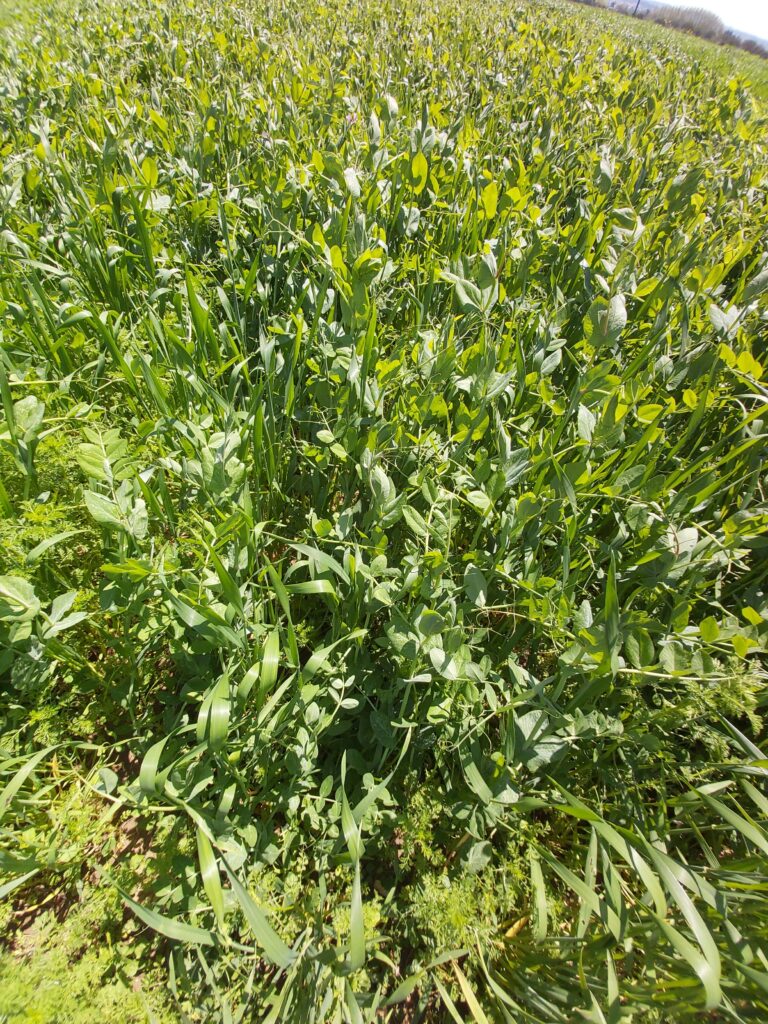
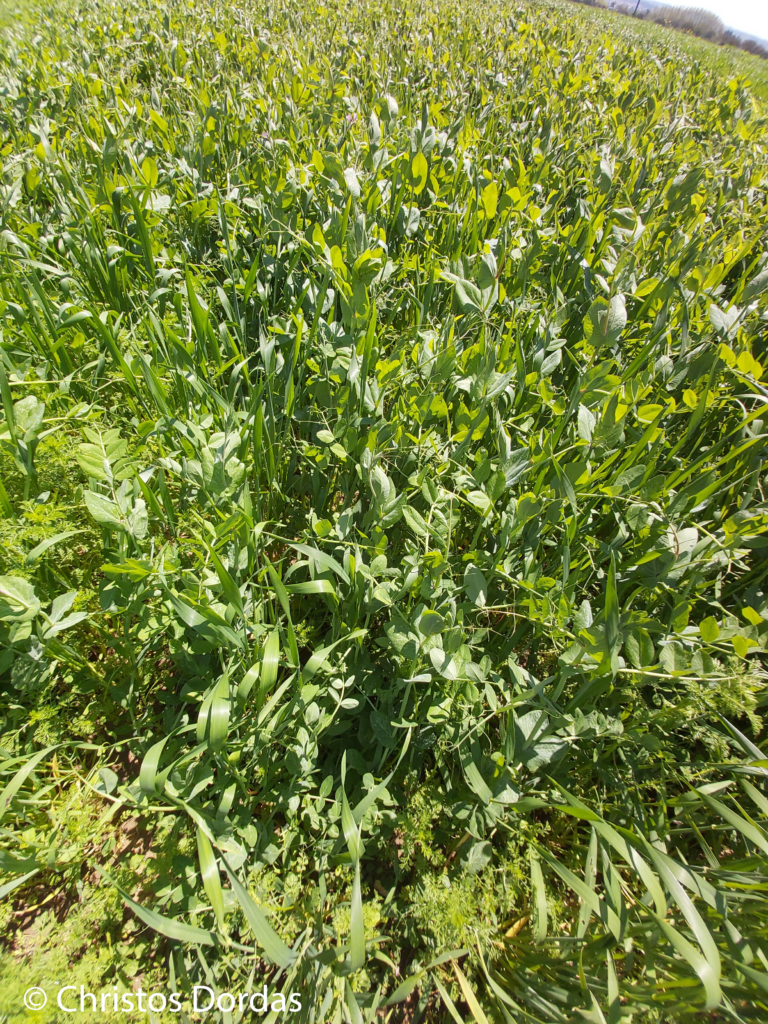
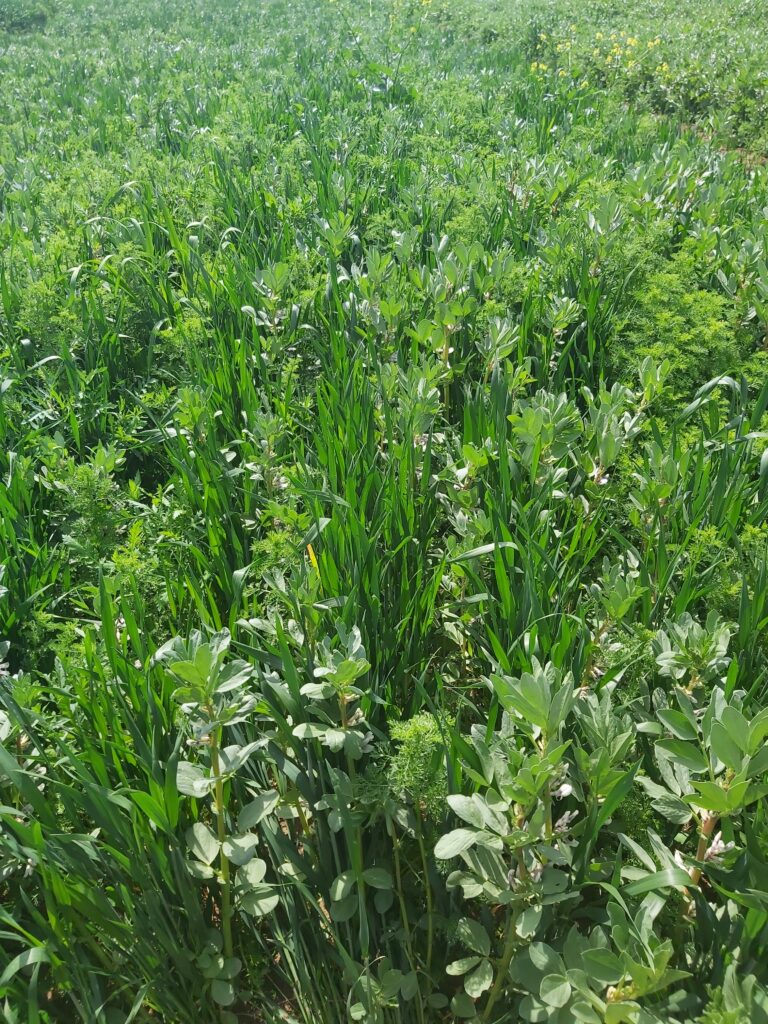
Modelling results
For the purpose of this project, an integrated approach was followed, including stakeholder expertise, empirical data analysis and quantitative modelling of the economic and ecological performance of new production systems. This combination of sources allowed the short- and long-term impacts of diversified production systems to be captured. The work focused on HSD arable crop rotations used in the Mediterranean region and in particular in Greece. During the co-design process four systems were developed and evaluated, one was the reference system (RS), where wheat and barley are grown in rotation, the second system (DIV 1) was a rotation of wheat, oilseed and barley, the third (DIV 2) was a rotation of wheat, pea and barley and the fourth (DIV 3) was a rotation of wheat, vetch-barley intercrop and barley. The four systems were evaluated using indicators such as energy use efficiency and pesticide load as well as other economic indicators. Based on the modeling results, it was concluded that the diversified systems DIV 2 and DIV 3 are systems with low energy inputs and high outputs that significantly increase energy use efficiency. Also, the same systems have better economic and environmental indicators than the other two systems, constituting satisfactory cropping systems for Mediterranean regions.
Keywords: Modelling, High species diversification (HSD), Sustainable agriculture, Economic performance
Agroforestry experiments
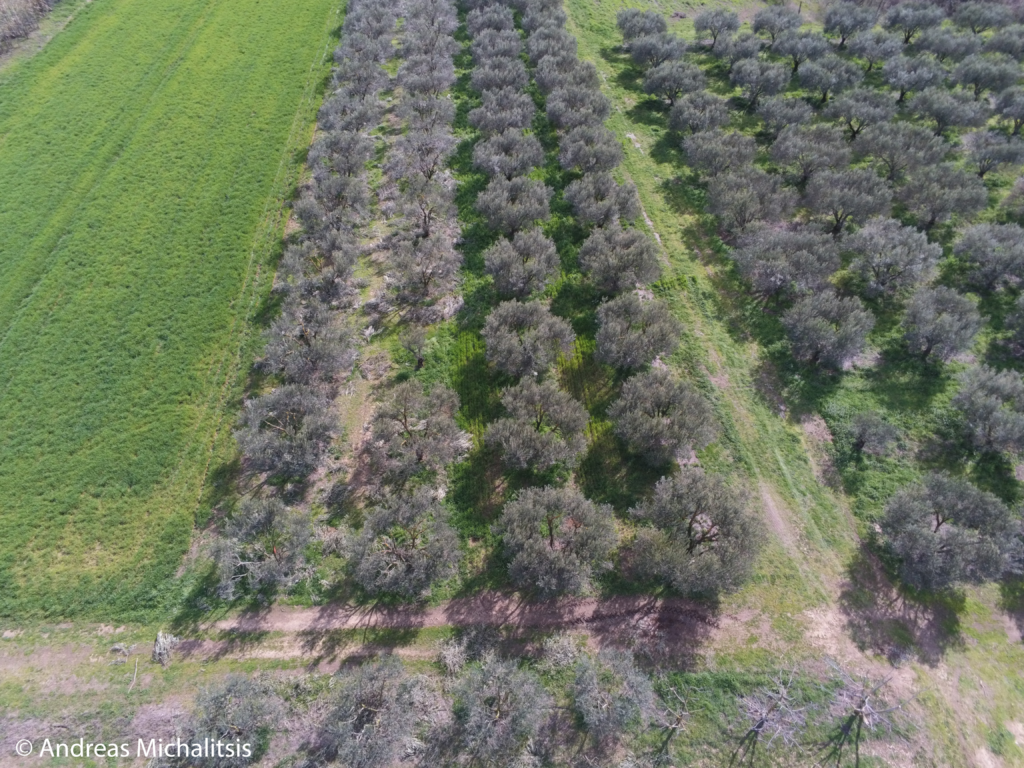



Final words

During my participation in the project I observed the outcomes of high species diversification (HSD) on multiple ecosystem services and the participation of stakeholders in the two workshops. A large number of participants had the chance to learn, co-design and co-evaluate alternative and innovative cropping systems, which can enhance the sustainability of agricultural production.”
